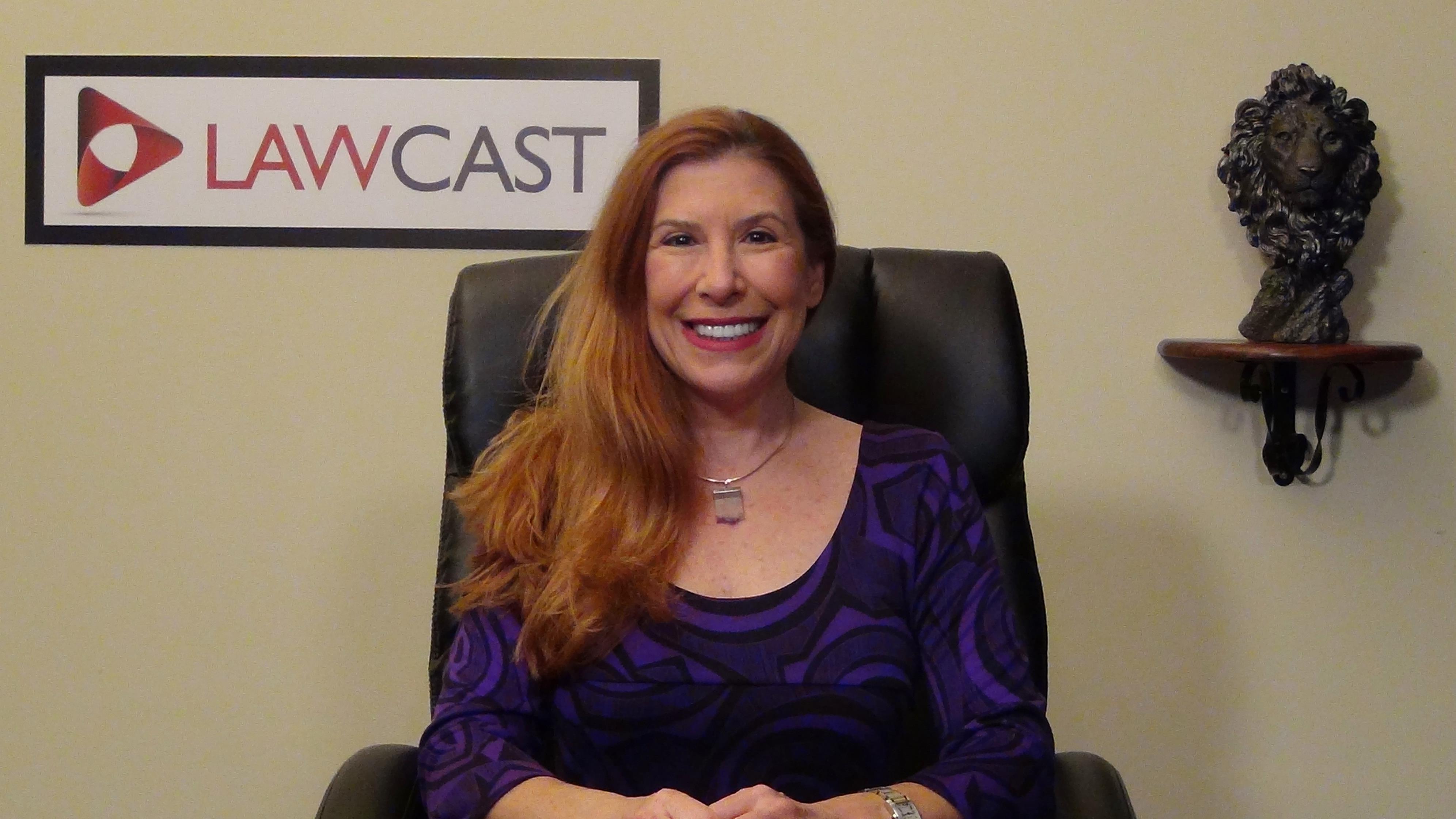NYSE MKT Listing Requirements
NYSE MKT Listing Requirements- The NYSE MKT is the small- and micro-cap exchange level of the NYSE suite of marketplaces. The NYSE MKT was formerly the separate American Stock Exchange known as the AMEX. In 2008, the NYSE Euronext purchased the AMEX and in 2009 renamed it the NYSE Amex Equities. In 2012 the exchange was renamed again to the current NYSE MKT. The NASDAQ and NYSE MKT are ultimately business operations vying for attention and competing to attract the best publicly traded companies and investor following.
Although there are substantial similarities among the different exchanges, and each is governed by the same overall SEC rules and regulations, each exchange also has its own unique differences. Each exchange has its own sets of rules and regulations that listing companies must comply with in order to obtain and maintain listing qualification.
Like all exchanges, and the OTCQX tier of the OTC Markets, the NYSE MKT offers investor relations, broker-dealer networking and marketing services to its listed companies. The NYSE MKT’s distinctive formula is the Designated Market Maker (DMM) model. A DMM used to be called a Specialist. A DMM is assigned to each security and uses both manual and electronic metrics and algorithms to help stabilize market price and trading volume.
NASDAQ does not have internal DMM’s, but rather relies on market makers in general to increase volume and liquidity and decrease volatility in NASDAQ traded securities. Whereas the NYSE MKT relies on both manual human and electronic trading oversight, the NASDAQ is purely electronic. The NYSE MKT has an auction model run by the DMM’s. The DMM reports all bids and asks into the marketplace, quotes the best bids and offers, and sets the opening price of its assigned securities each day. The opening price may be different than the prior day’s closing price due to after-market trading or any other factor that affects supply and demand.
In other words, the DMM is an intermediary between the broker/dealer/market participants and the execution of trades themselves. The DMM is motivated to match buyers and sellers and fulfill trading requests by either using its own inventory of the security or finding broker-dealers with matching orders.
NASDAQ does not have the auction or DMM model. Rather, NASDAQ relies on market makers. Market makers must quote both a firm bid price and firm ask price they are willing to honor. Each NASDAQ security has multiple market makers and generally at least 14, competing for trades, and helping to ensure that the bid-ask spread is low and that supply and demand results in the best execution prices.







